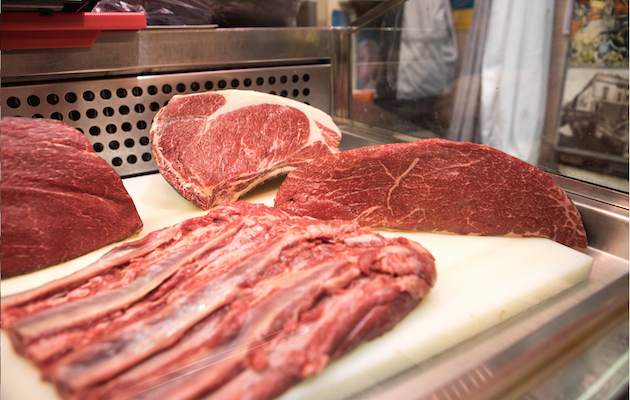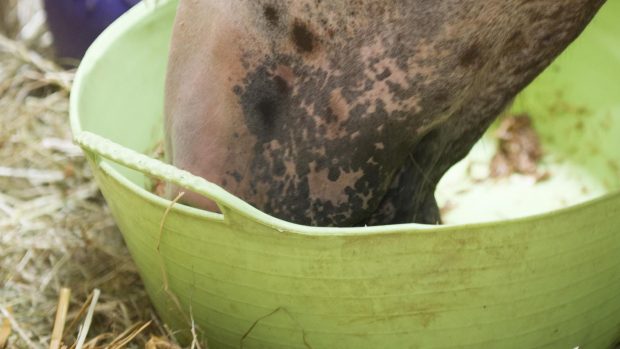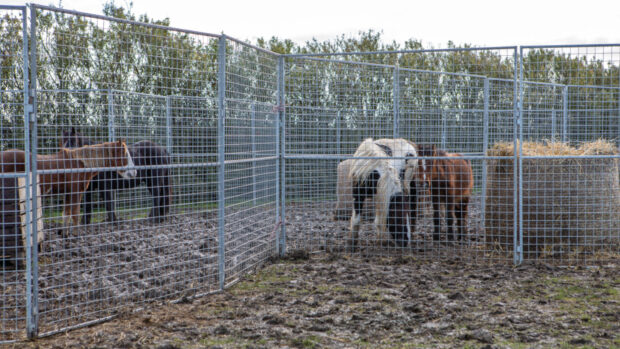H&H and World Horse Welfare went to Europe to follow the route of horses on their final journey to slaughter. Day one took in the equine butchers of Padua.
“Carne di Cavallo”, says the sign above one of the stalls, something you don’t need to be fluent in Italian to translate.
Further along, another sign reads: “Carne equine”. Less obvious are burgers and fillets of puledro, or foal meat.
We’ve come to the market in Padua to see this end of the slaughter route – or so we thought.
Every voice counts: sign World Horse Welfare’s petition here.
The proprietor of Carne di Cavallo tells us that although his meat comes from Poland, it is slaughtered there, rather than in Italy. Every Monday, he says, a truck arrives at a wholesaler some 15km away, bearing fresh meat from horses slaughtered two to three days previously.
“It’s difficult to find [horsemeat] in Italy,” he tells us. “We have riding schools and academies but it’s difficult to source the meat.”
The horses whose products he buys are not fed special additives or feed, he adds, they live a natural life, and it appears his customers are not concerned about the fact the meat is slaughtered abroad.
The Carne Equine stall has been closed for about a year, the trader next door says; there used to be five horsemeat vendors in the Padua market; now there are only three.
In the next cloistered walkway, the owner of Macelleria Equina “da Nicola” is also happy to talk.
His meat comes from the local area, from horses who have been are slaughtered nearby; a middleman inspects the “raw material”, and the butcher also views the horses before he buys.
“It means quality,” he explains. “If you buy meat from Poland, you’re buying from a box, you don’t see the animal. It depends on how much effort you want to put into the business.”
The last stall, Macelleria Equina, sources similar meat; the owner’s father inspects the horses, on Italian farms, before he buys. He knows for example, that the mare from whom all the cuts on display came was 22 when she died.

If supplies are scarce, as horses are not bred for meat in Italy, the butcher will source his produce elsewhere, including vacuum-packed cuts from Canada, Australia and New Zealand. This is of poorer quality and more likely to harbour harmful bacteria.
“The customers don’t mind if it’s slaughtered here or abroad though,” he adds, when asked.
The restaurants in the town centre don’t sell horsemeat – the “pony” pizza, with cured horsemeat on top, on one menu is actually topped with beef, according to the waiter, and there is no demand for horse.

Princess Royal says don’t ignore equine suffering
The Princess has said that responsible owners must

Experts discuss welfare of horses transported to slaughter
More scientific evidence and greater education are needed

Vets address transport plight of slaughter horses
European vets will meet this month in a
So the upshot seems to be, if there’s no demand for it in restaurants, and the customers don’t mind where it’s slaughtered, why are the horses still coming in alive at all?
Don’t miss this week’s Horse & Hound magazine, out 18 May, for more on the trade and how you can help.





